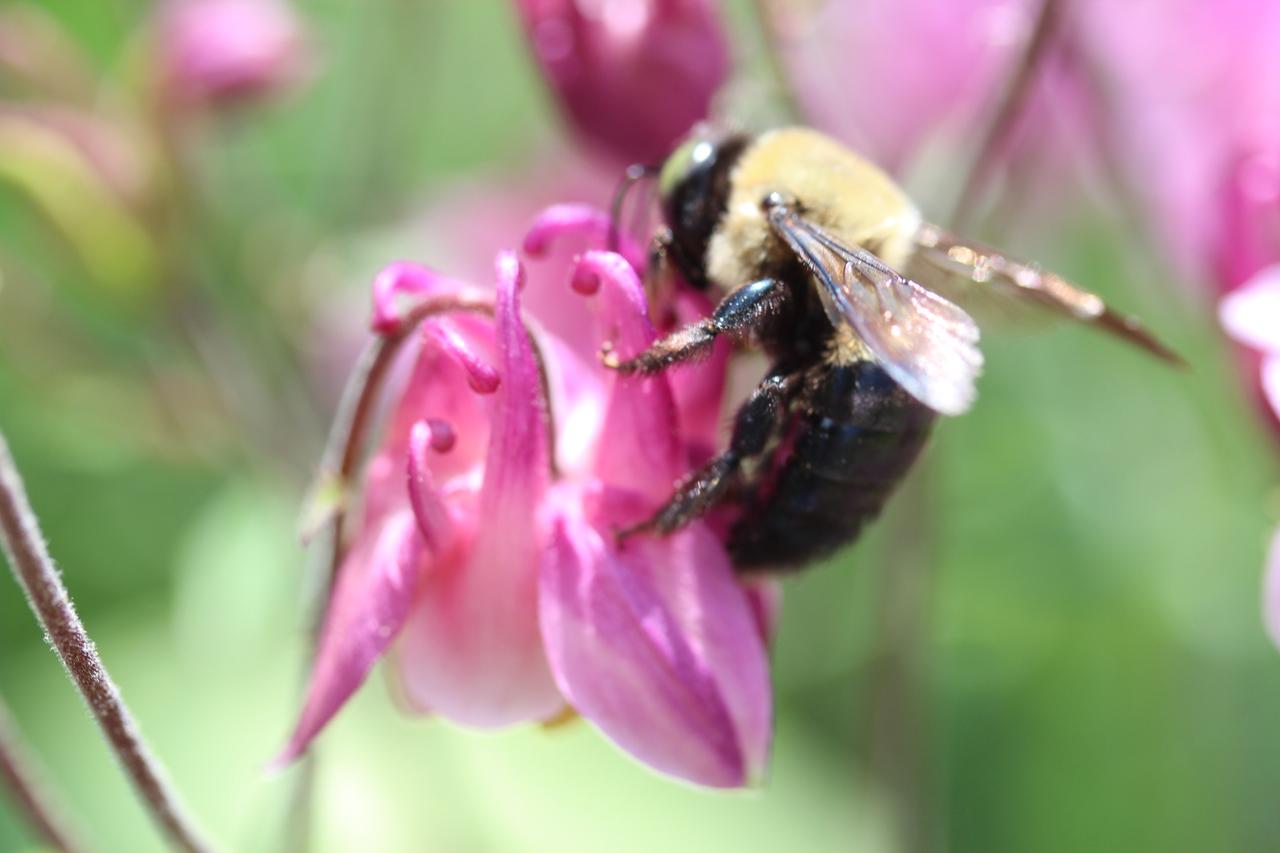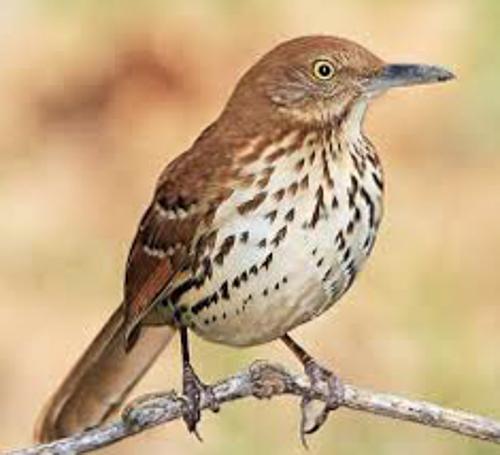Birds and Bees at Sunnyside
The Green Committee recently presented a program on Native Plants with a presentation by Doug Tallamy, Professor and Chairman for entomology and wildlife ecology at the University of Delaware. If you missed it, it’s available on YouTube at https://youtu.be/WY4aV5hqkxY (or search “Nature’s Best Hope” online). You may also want to read Dr. Tallamy’s popular book, Bringing Nature Home.
You have probably noticed that there are a lot fewer birds and insects now than when you were younger. Remember all the bugs around lights and splattered on the car windshield? Now there’s hardly any! A study in Science found a 45% decrease in insects over the last 45 years. A Cornell study found that there has been a decrease of 3 billion breeding adult birds in North American in recent decades.
The two are closely linked, as birds depend largely on insects for food, especially for their young. Most bird chicks can’t eat seeds and 96% of birds raise their hatchlings on insects, primarily caterpillars. Insects also serve an indispensable role in pollinating many of our plants and crops. Over 75% of food crops depend upon insect pollinators.
There are multiple reasons for these declines including climate change, loss of habitat, and widespread use of pesticides. Part of the habitat loss is due to the American practice of landscaping our yards with grass and imported ornamentals. The result is that a diverse native habitat is replaced with a very limited collection of species of grasses and plants with greatly reduced variety.
This is critically important because we have learned that many insects require specific “host” plants for nectar and food for their caterpillars. The monarch butterfly and milkweed is a prime example. Native fauna and flora have evolved together over many thousands of years, resulting in a complex and interdependent relationship. Thus, the loss of native host plants leads to a loss of insect populations which, in turn, leads to a decrease in bird populations and pollinated crops.

Sunnyside’s grounds are a prime reason many of us have chosen to make this our home. Those grounds, particularly with the addition of the golf course property, make Sunnyside an ideal place to foster the welfare of birds and bees, as well as other wildlife. One of the primary ways to do this is by planting native, rather than imported plants. By choosing plants that serve as host plants and food sources for birds and bees, the Sunnyside community can contribute greatly to the welfare of our insect and bird populations. Our wellbeing depends upon it. Without insects, there are no birds and no food crops, and there are no insects without the essential host plants! It is an intricate web of interactions and we can contribute to the health of that web by planting native species.
The Green Committee recently presented a program on this topic with a presentation by Doug Tallamy, Professor and Chairman for entomology and wildlife ecology at the University of Delaware. If you missed it, it’s available on YouTube at https://youtu.be/WY4aV5hqkxY You may also want to read Dr. Tallamy’s popular book, Bringing Nature Home.
A good place to find native plants locally is the Natural Garden at www.thenaturalgarden.net. An online source is American Beauties Native Plants at www.abnativeplants.com. Other informative and useful resources include;
National Wildlife Foundation, www.nwf.org
Virginia Native Plant Society, www.wnps.org.
Virginia Department of Conservation and Recreation, www.dcr.virginia.gov.
Virginia Cooperative Extension, www.vt.edu and search for “Backyard Wildlife Habitats”.